Deck & Commander Strategies

Braids, Arisen Nightmare
Focuses on forcing opponents to sacrifice permanents each turn or lose life, while drawing cards to maintain advantage. Utilizes sacrifice synergies and disruption to control the board.

Valgavoth, Terror Eater
Leverages extra turns and tempo plays to gain incremental advantages. Uses spells like Time Warp to extend gameplay and capitalize on board state.
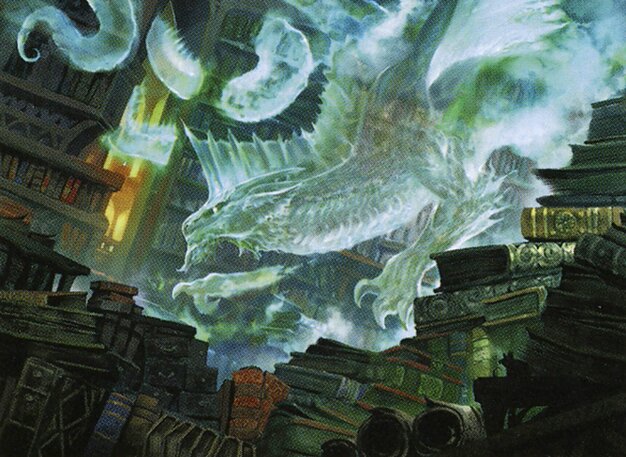
Miirym, Sentinel Wyrm
A Dragon tribal deck that focuses on big, impactful creatures to dominate the board and gain life. Utilizes ramp and powerful threats like Wormcoil Engine to stabilize and overwhelm opponents.
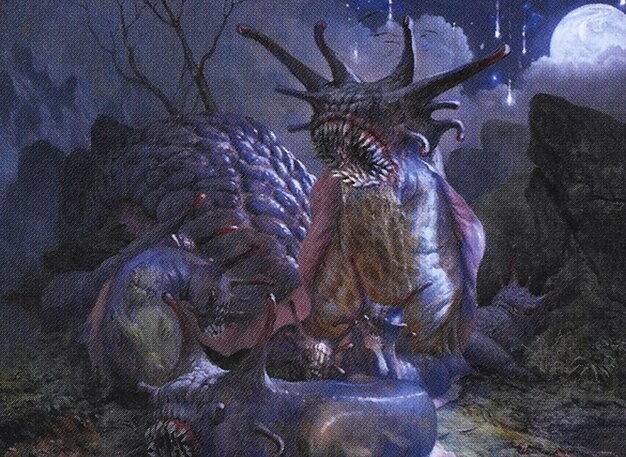
Toxrill, the Corrosive
A casual, slug-style deck that uses slimes and sacrifice mechanics. Focuses on incremental value through creatures and synergy with sacrifice outlets.
Gameplay Insights
- 1
Braids' ability to force sacrifices or life loss each upkeep created pressure on opponents to maintain board presence carefully.
- 2
Sacrificing Blood Artist to trigger its damage ability was a recurring tactic, generating incremental life loss for opponents and drawing cards for Braids' controller.
- 3
Casting Time Warp to take an extra turn when opponents were tapped out allowed Valgavoth's pilot to gain critical tempo advantage.
- 4
Playing Wormcoil Engine at a relatively low cost shifted the board state by providing a large, resilient threat and significant life gain.
- 5
Contamination was played to disrupt mana bases but was promptly sacrificed to Braids, showing the interactive tension between permanents with upkeep costs and sacrifice effects.
- 6
Returning creatures from graveyard to hand with Overlord of the Ebon Hand added recursion and resilience to the board state.
- 7
Players carefully chose when to attack or hold back, reflecting the meta of incremental advantage and attrition rather than all-out aggression early on.
Notable Cards
-

Braids, Arisen Nightmare
-
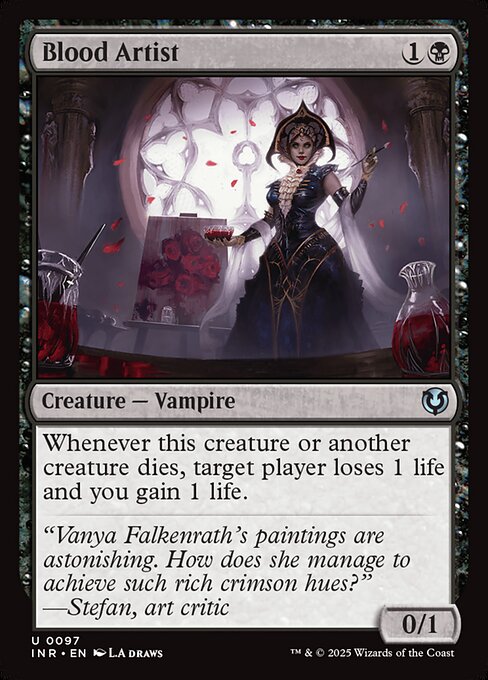
Blood Artist
-
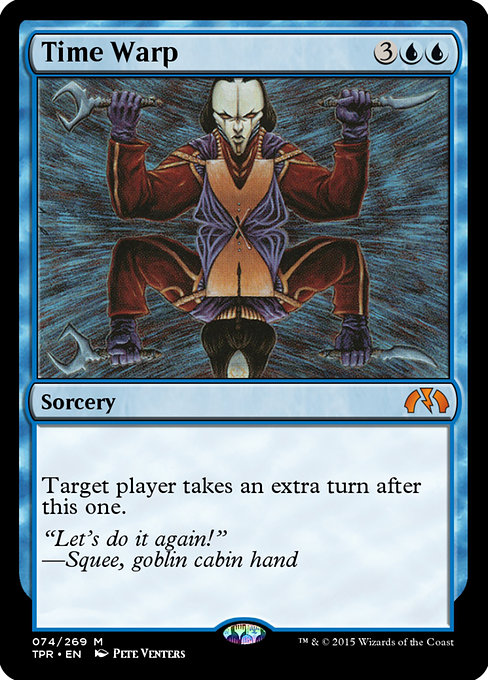
Time Warp
-
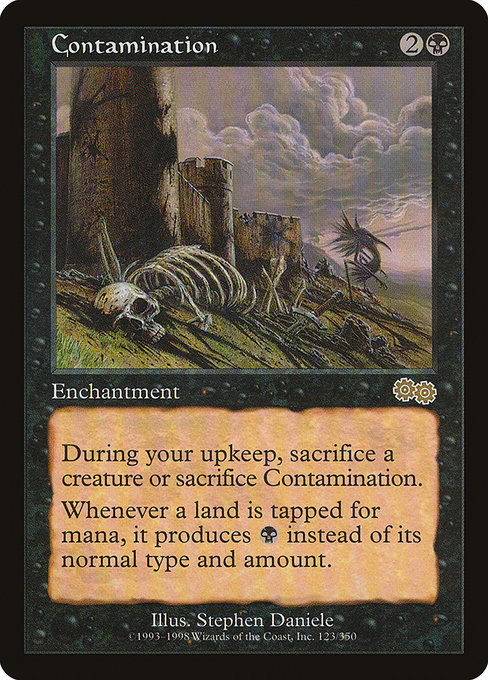
Contamination
Gameplay Summary
The game began with players establishing early board presence through mana ramp and creature deployment.
Braids, Arisen Nightmare brought a disruptive aspect by forcing players to sacrifice permanents or pay life in exchange for card draw, creating tension around board state.
The appearance of Blood Artist enhanced damage output by punishing opponents for creature deaths, synergizing well with sacrifice effects.
A key turning point was when Ravenous Taboa-Cabra entered, destroying a crucial creature and shifting board control.
Miirym, Sentinel Wyrm's player capitalized on the board state by casting Wormcoil Engine, providing significant life gain and a formidable blocker.
Meanwhile, Valgavoth, Terror Eater leveraged extra turns with Time Warp to gain tempo advantage.
The game featured strong interactions around sacrificing creatures to trigger Blood Artist and Braids, creating incremental advantages.
Players navigated around board wipes and removal spells, with Braids' ability to draw cards while forcing sacrifices being a central disruptive element.
The game was a balanced contest of attrition, with players focusing on steady resource development and incremental value from creatures and sacrifice synergies to press their advantage.


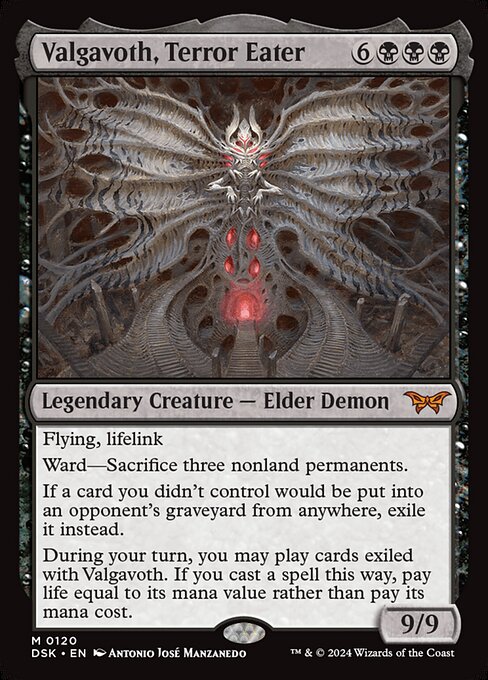
















![Multicolored Legends of Baldur's Gate [Commander VS 295] | Magic: the Gathering Commander Gameplay thumbnail](https://i.ytimg.com/vi/zAq9d0hwHTU/sddefault.jpg)





























